Lead Screening
Lead poisoning prevention is a service provided to families with children that have elevated blood lead levels.
The CDC identified the blood reference value of 3.5 micrograms per deciliter to identify children with blood lead levels that are higher than most children's levels. A public health nurse follows up on all elevated lead levels and provides education on proper cleaning techniques, hand washing, diet/nutrition, and prevention strategies to prevent further exposure. The public health nurse also ensures that follow-up testing is completed as recommended.
Blood Lead Prevention Program:
Lead poisoning can be a serious problem for children especially those between the age of 6 months and 6 years. Lead hazards may exist in homes and other environments that were built before 1978. When exposed to lead children do not usually show signs of illness unless the amount becomes very high. This is why screening is so important for children as even low levels of lead may cause delays in development.
Blood lead screenings are performed for children ages 1 and 2, as well as children age 6 and younger who have not previously been screened. The goal is to maintain a central case registry, Healthy Housing and Lead Poisoning Surveillance System (HHLPSS) for all children with elevated blood lead levels. Our department does follow up with all elevated lead blood levels and determines how and when lead concerns in the home need to be properly fixed. The program provides education of prevention of lead exposure for children.
Important Information:
The Centers for Disease Control and Prevention defines lead poisoning as a blood lead level of 3.5 or greater. A simple blood test can detect high levels of lead. Lead screening is available to children ages 6 months to 6 years from a private medical provider. Many providers do routine testing in children at 12 months of age and from there more often if needed.
Sources of Lead:
Lead based paint that is peeling, chipping, cracking or chalking.
Contaminated soil
Contaminated dust
Contaminated drinking water
Imported lead-glazed pottery
Lead smelters
Some imported jewlery and metal charms
Lead-based painted toys and furniture
